Join the VIP Teacher Club!
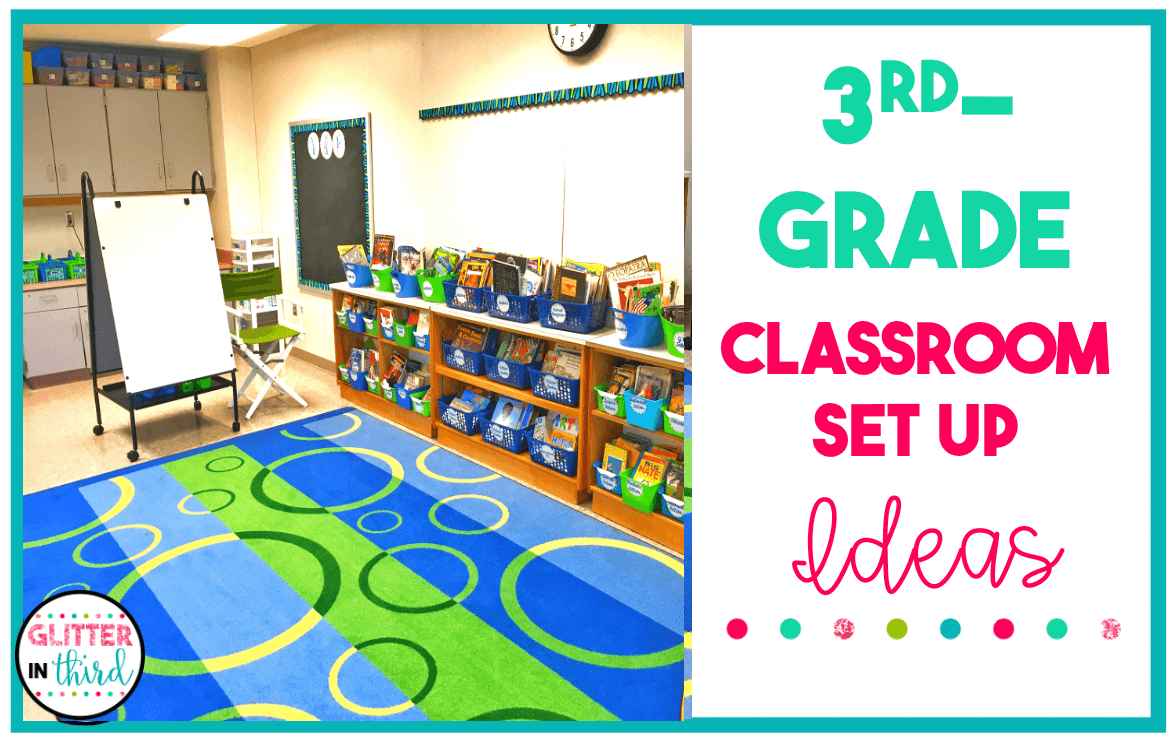
Not sure how your 3rd grade classroom setup should look?
If you’re heading into a new school year and trying to figure out how to set up your classroom, you’re not alone. The blank walls, scattered supplies, and rows of empty desks can feel overwhelming—but with a few intentional decisions, your setup can go from stressful to smooth.
Here are some practical and teacher-tested 3rd grade classroom setup ideas that help create a space that’s organized, welcoming, and easy to maintain all year.
And if this is your first year teaching 3rd-grade and you’re not sure how the first day should look – make sure to check out my first day of 3rd grade lesson plans!
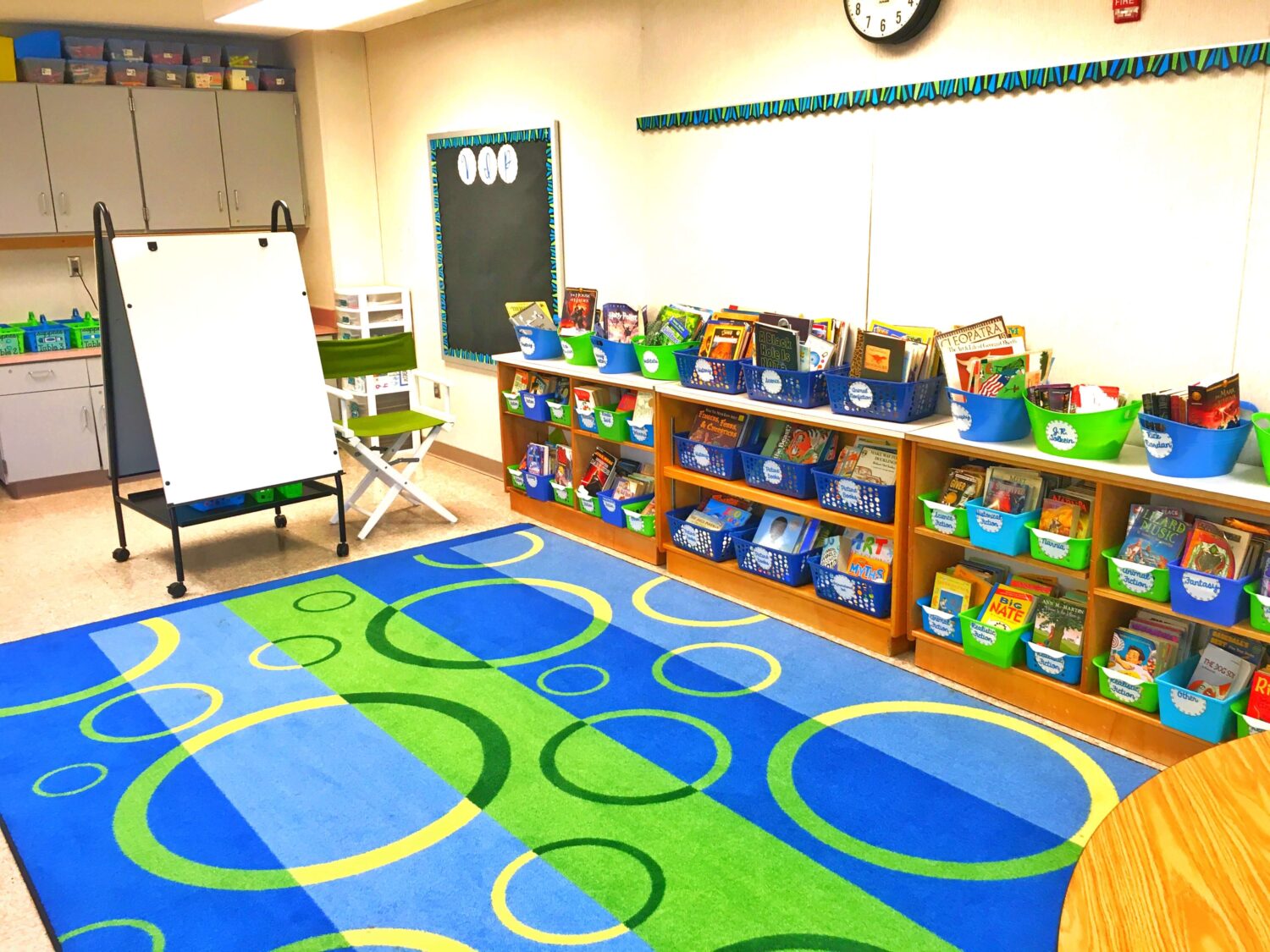
For many 3rd grade teachers, the carpet area becomes the heart of the classroom. It’s where students gather first thing in the morning and return for whole-group instruction, read-alouds, or class discussions. That’s why it’s worth setting it up with purpose.
This is the perfect spot for Morning Meeting. I use Morning Meeting Slides to start our day together. They include editable greetings, share questions, and fun activities that make it easy to build community and keep a consistent routine. I project them on the board and the kids always know what to expect. It helps set the tone for a calm, connected start to our day—and it gives every student a chance to feel seen and heard.
If you’re building your carpet space, keep it cozy but clear. You’ll want space for everyone to sit comfortably with a good view of your board or screen.
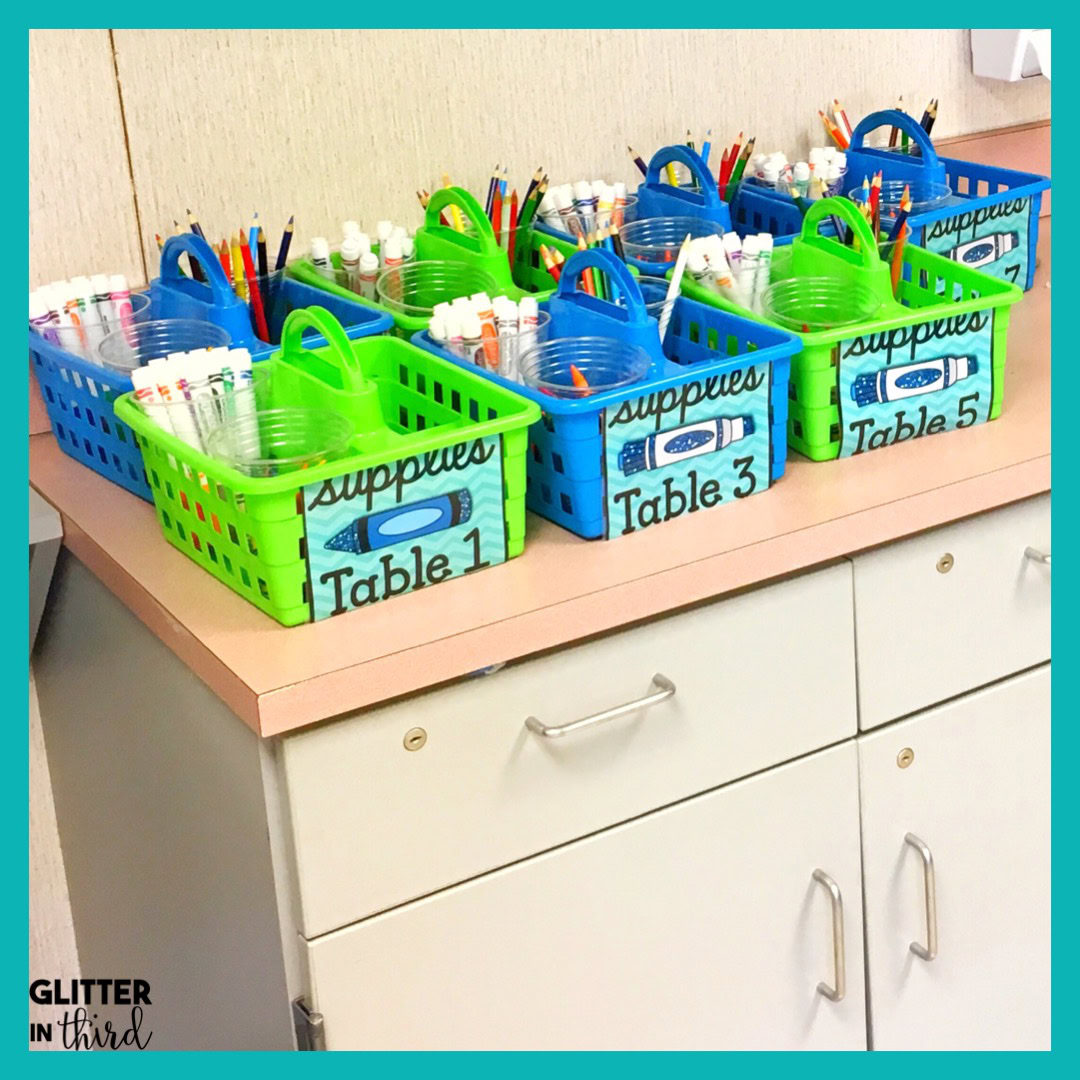
Instead of letting materials take over every surface, set up a dedicated space for shared supplies. Use bins or drawers for pencils, glue sticks, scissors, and crayons, and label everything with words or visuals to promote independence.
Caddies work great for keeping supplies portable, but I’ve found it helps to store them away from student tables and only bring them out when needed. This cuts down on distractions and keeps kids from fiddling with supplies during instruction.
A clear system for where things go not only keeps the classroom tidy, but also makes transitions quicker and smoother—because students always know where to find what they need and how to put it back.
Your small group area should be easy to access, distraction-free, and fully stocked. Whether it’s a kidney table, desk cluster, or flexible seating corner, keep your most-used materials—like dry erase boards, markers, task cards, and manipulatives—within reach.
Use a small drawer cart or labeled bins to organize supplies so you’re not scrambling mid-lesson. I also keep color-coded folders or magazine files nearby for each reading group to make transitions quick and smooth.
It helps to have a bin of quiet early finisher activities (like reading passages, puzzles, or math games) so students waiting their turn stay engaged. A well-prepped small group area saves time and keeps instruction running smoothly.
We’ve all been guilty of over-decorating before the first day. It’s tempting to cover every wall and bulletin board to make the classroom feel finished—but your students should have a hand in creating the space too.
Instead of filling every display with store-bought posters, try starting the year with a Collaborative Poster. My Teamwork Makes the Dreamwork Collaborative Poster works great for back to school. Each student colors one piece, and when the full image is assembled, it becomes a powerful visual reminder that your class is better when you work together.
These posters also make for meaningful first-week bulletin board displays—no extra prep needed.
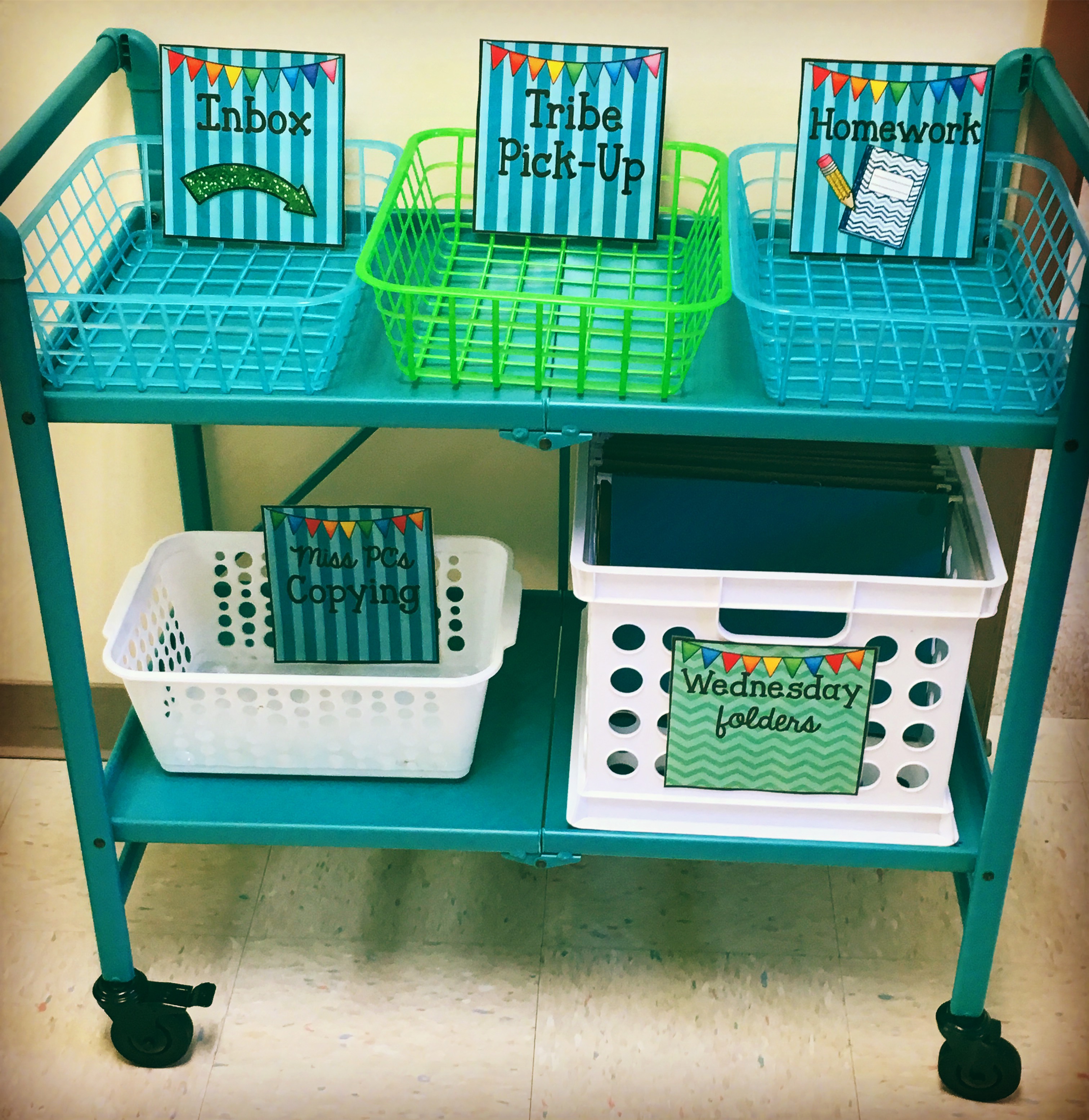
Think through your daily routines and make sure your setup supports them. For example:
Use clear signs, labels, and consistent expectations to help students take ownership of the space. A well-thought-out system now saves time and headaches later. And the simpler your setup is to maintain, the more likely you are to stick with it through the busy months.
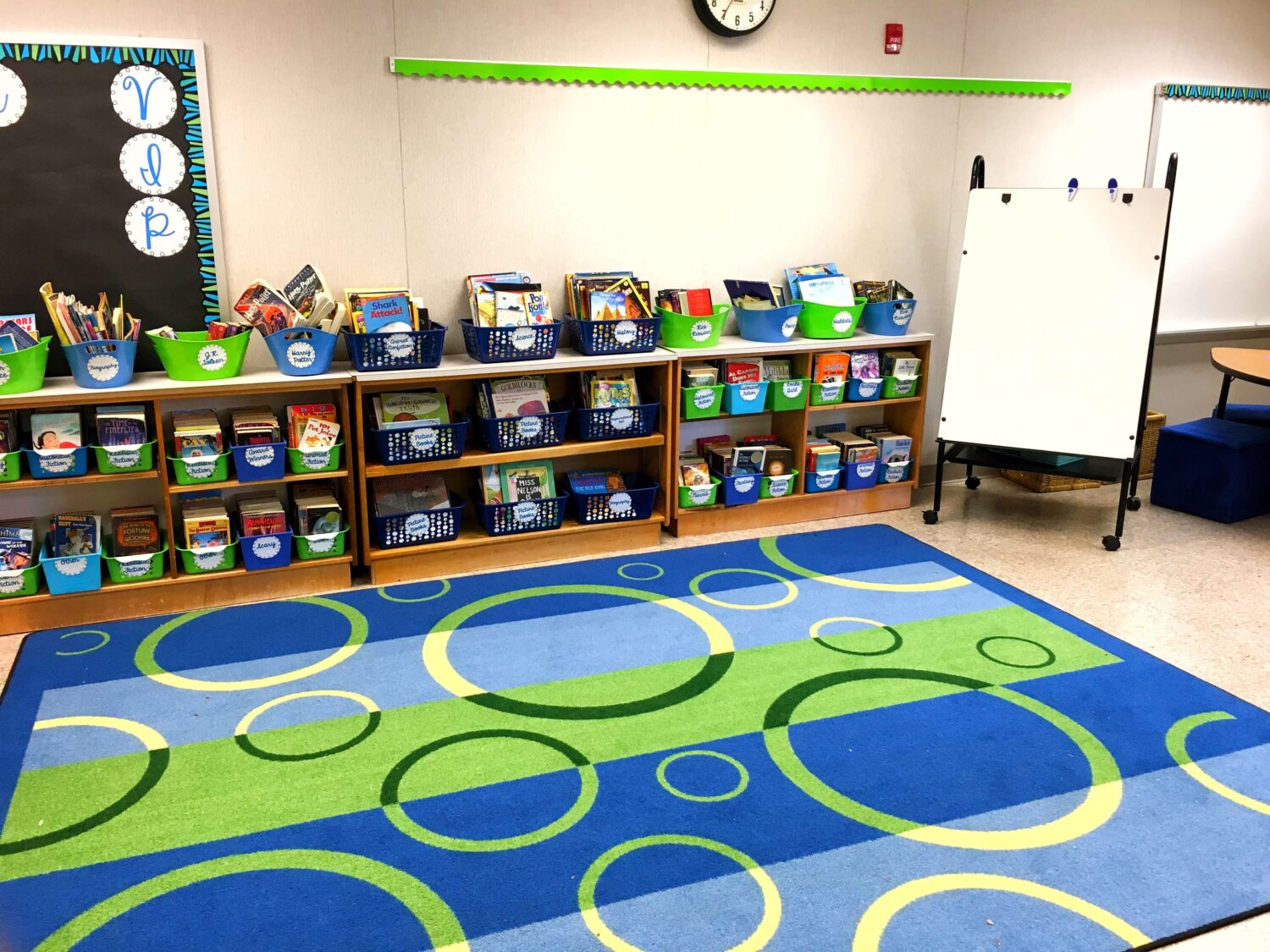
Your classroom library doesn’t have to be huge to be effective—it just needs to be inviting and easy to use. Start by sorting books by genre, topic, or reading level depending on your goals. Use bins or baskets to keep categories organized, and add clearly labeled tags so students can return books to the right spot on their own.
Make the space cozy and accessible. A small rug, a few cushions, or a beanbag chair can make it feel like a place students want to be. I also recommend setting clear expectations about when and how students can use the library. Will they choose books in the morning? After finishing work? During reading block?
I like to keep a small “featured books” shelf or bin that rotates with seasons, themes, or student favorites. It’s a simple way to keep interest high and highlight new or relevant titles without overhauling the whole library.
The goal is to build a space that helps students develop independence, responsibility, and a genuine love for reading.
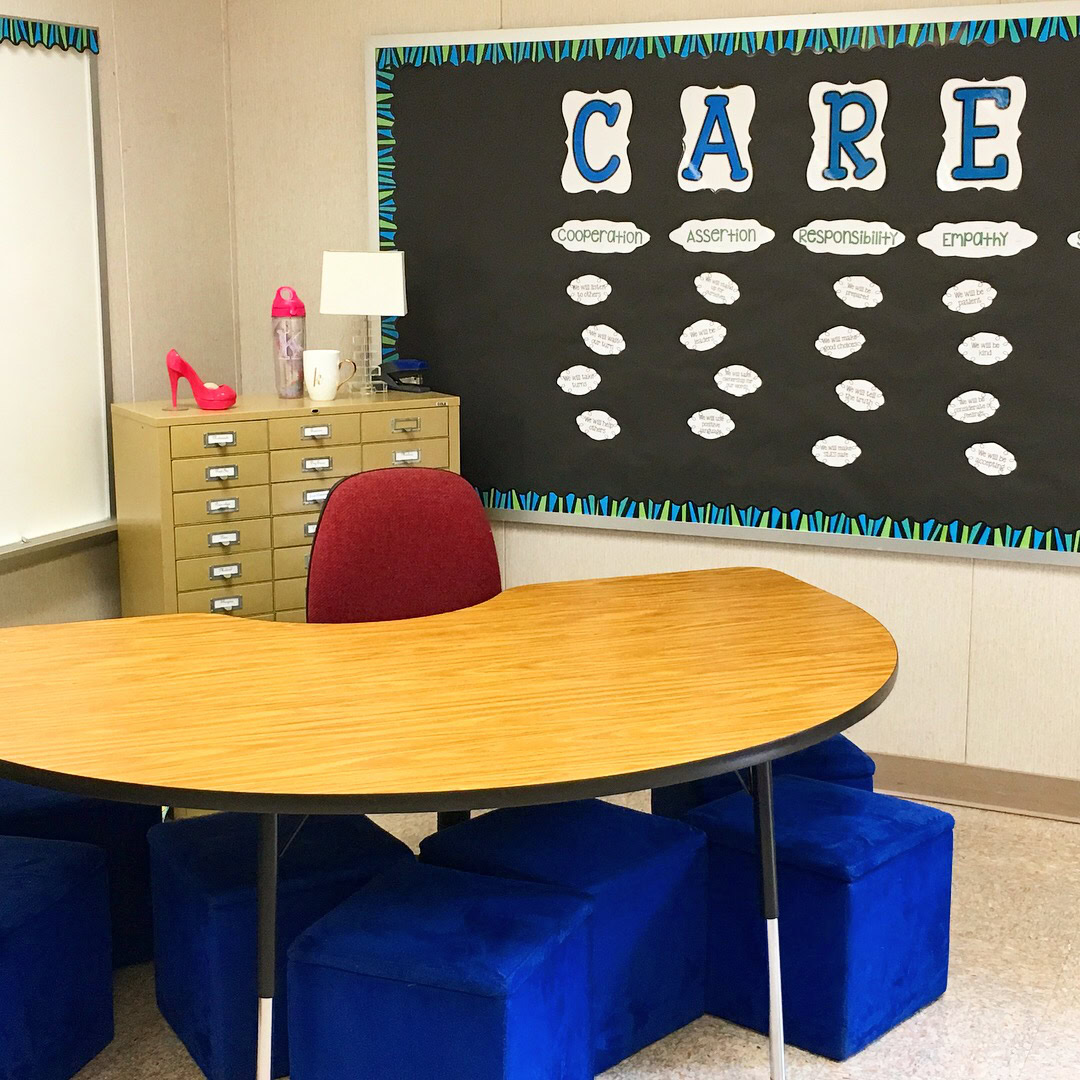
It doesn’t have to be fancy, but you do need a small space to stay organized. A cart or small shelf with teacher copies, pens, sticky notes, and your plans for the week can help keep the chaos at bay.
And if you’re short on space—or just want more flexibility—you don’t need a traditional teacher desk. I actually got rid of mine years ago and used my small group kidney table instead. It gave me extra space for instruction, and I kept everything I needed in a nearby drawer cart. A rolling cart or mobile storage solution can work just as well and take up less room.
If you’re looking for simple, effective ways to kick off the school year, I’ve got two teacher favorites that can help:
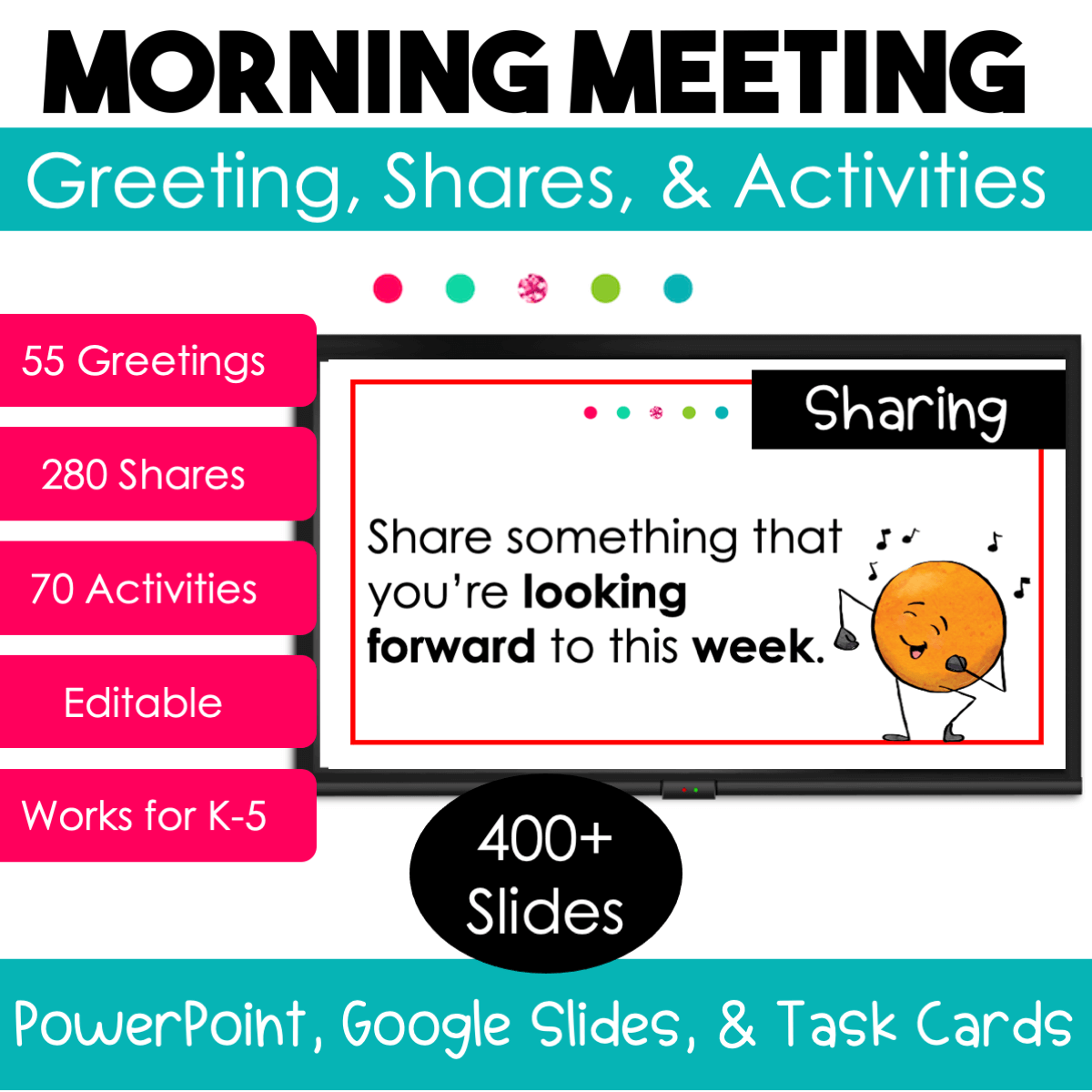
Start your day with connection and consistency using these editable, ready-to-go slides.
Grab the Morning Meeting Slides HERE!
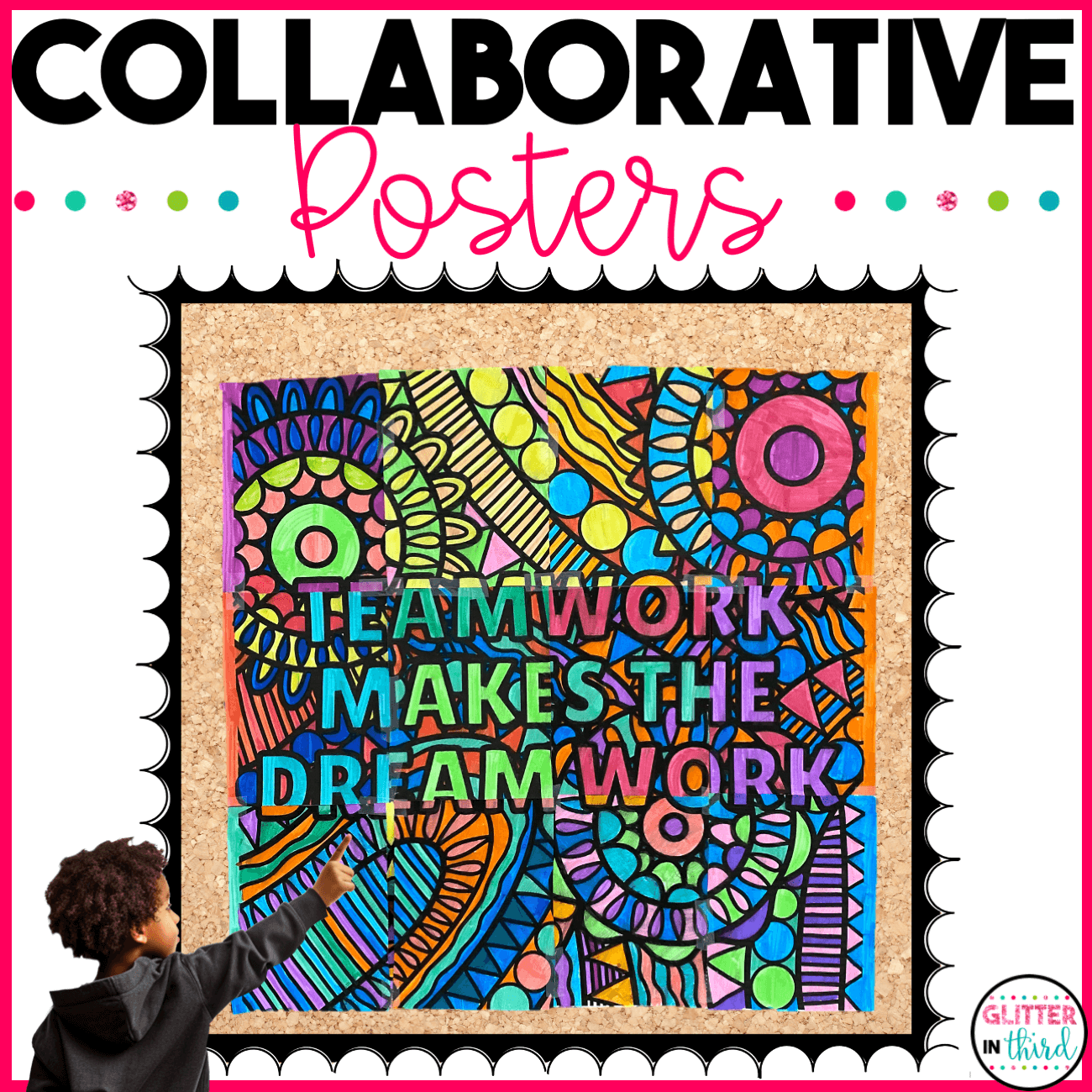
Fill your bulletin boards with something meaningful and student-created.
Grab the Collaborative Posters HERE!
Final Thoughts
The best 3rd grade classroom setups aren’t the ones with the cutest bulletin boards—they’re the ones that support student learning, create a strong sense of community, and are easy to keep up day after day.
Start with your gathering area, build systems that support your routines, and leave room for your students to help create the environment with you. Whether it’s through a thoughtful Morning Meeting or a collaborative poster project, the little touches that make your classroom feel like home are what your students will remember most.
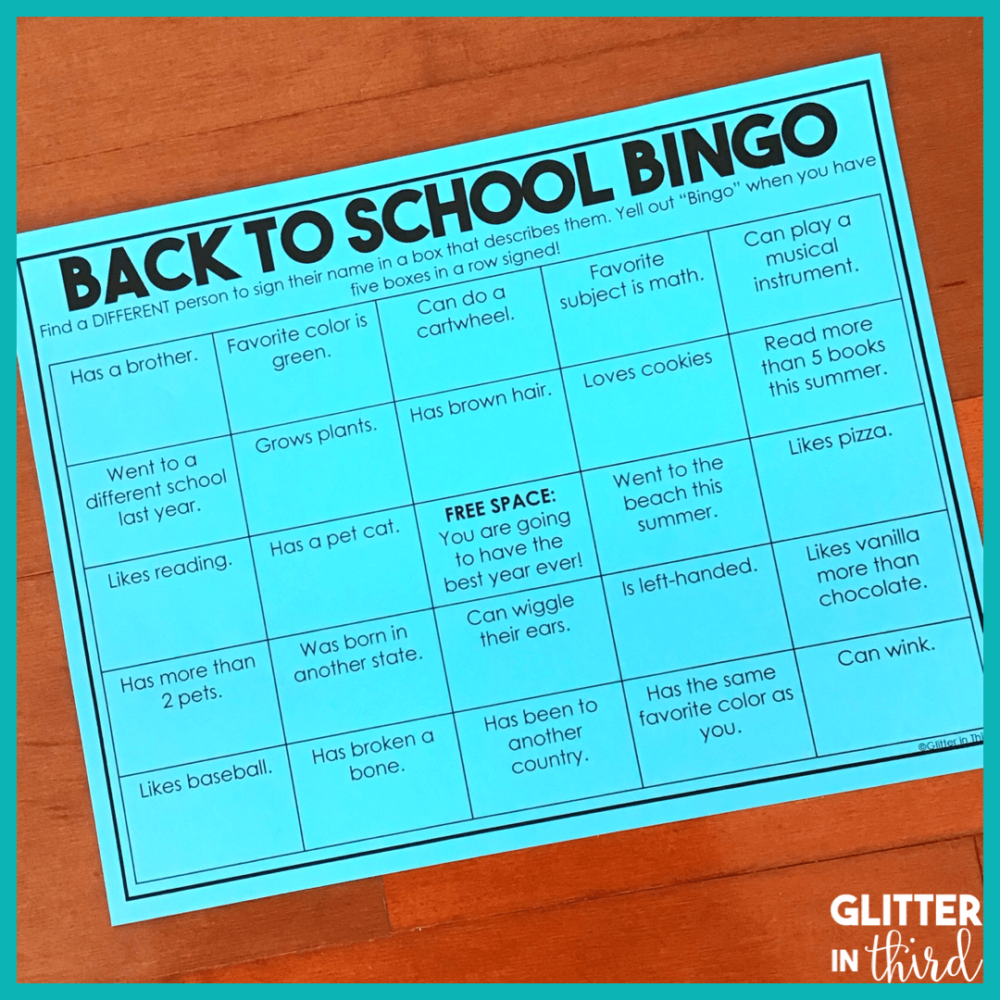
Like these back to school classroom set up ideas? Fill out your information below to snag a FREE back-to-school BINGO – the perfect icebreaker for 3rd grade students!

Hey there, I’m Kelly! I I love helping teachers save time with technology and resources so they have more hours in the day to spend with family and friends. Take a look around to find new ideas that you can implement in your classroom today!